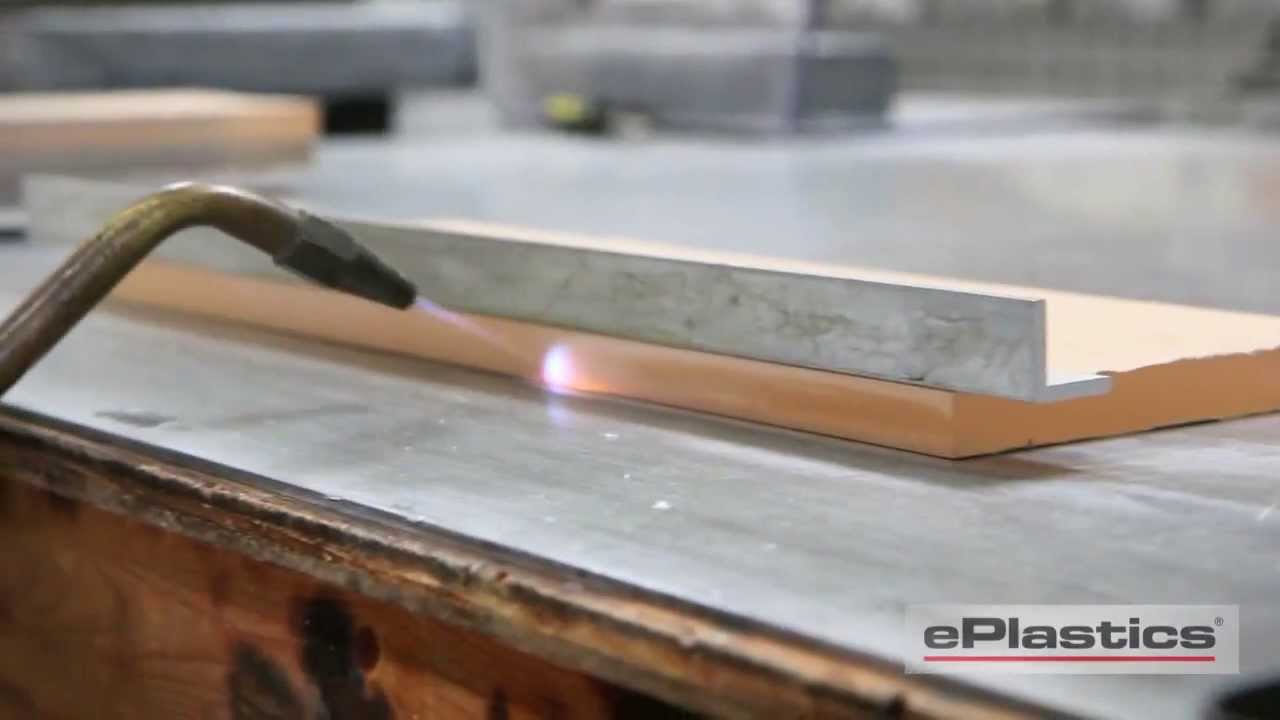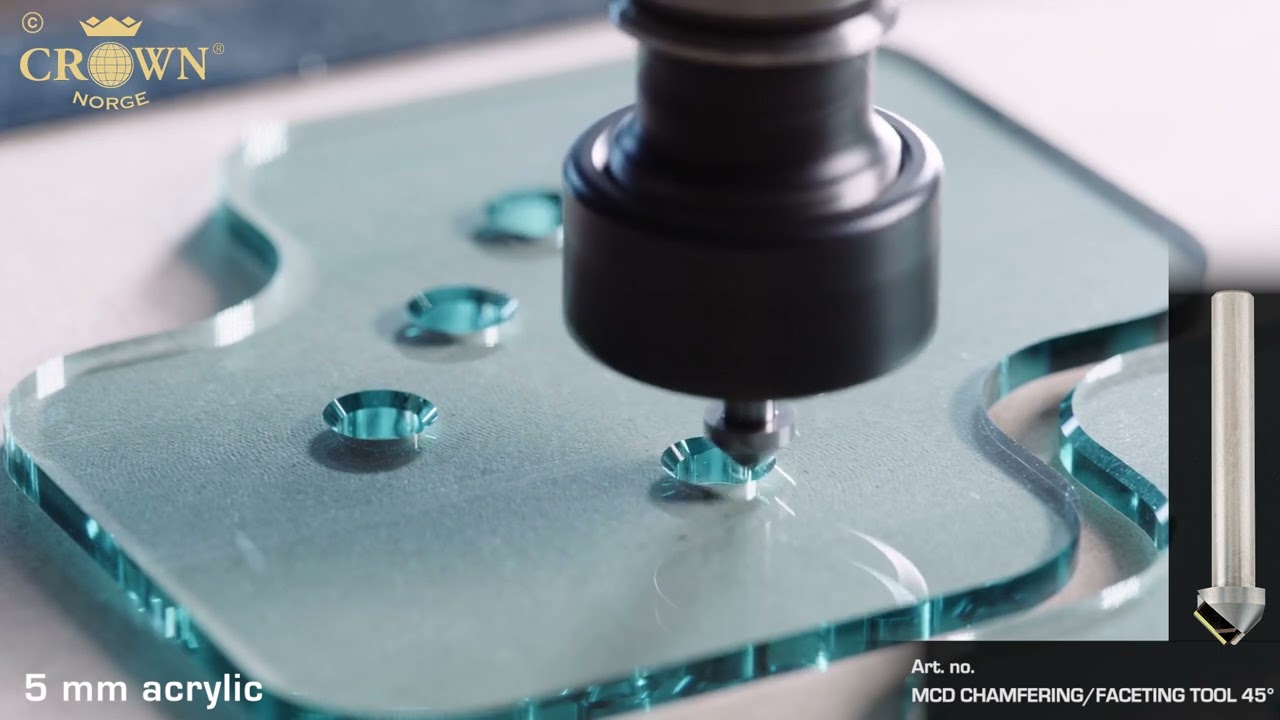I honestly do not know. I’ve set my Katsu to speed setting 2. According to this topic that’s 22k RPM without load. So I expect 19-20k during the milling process.
Thanks for the suggestion! I was already looking to a 1.5mm bit as alternative as the difference in radius will be negligible. These I can order easily with cutting length up to 9mm.
Regarding your suggested bit, have you tried this on on Acrylic too? It seems like a 3 flute bit, and I believe this might make it more difficult?
That’s a good idea, going to try that one!
No, not perse according to what I’ve read. However they suggest to use a hydrogen oxide torch, and I am using a regular one. That doesn’t seems to work out. It does it a bit, if doing multiple passes, thus loosing the sharp edge.
Example video:
Yup! I got this one from Germany. It’s rated 4 out of 5 for acrylic. I’d like to buy a dedicated Acrylic bit, but can only find them in the USA or UK, making it rather expensive with the import fees. If one has a link to an affordable shop in Europe I’d love to hear it!
I know my CNC knowledge is limited today, but after seeing these I believe it should be doable:

